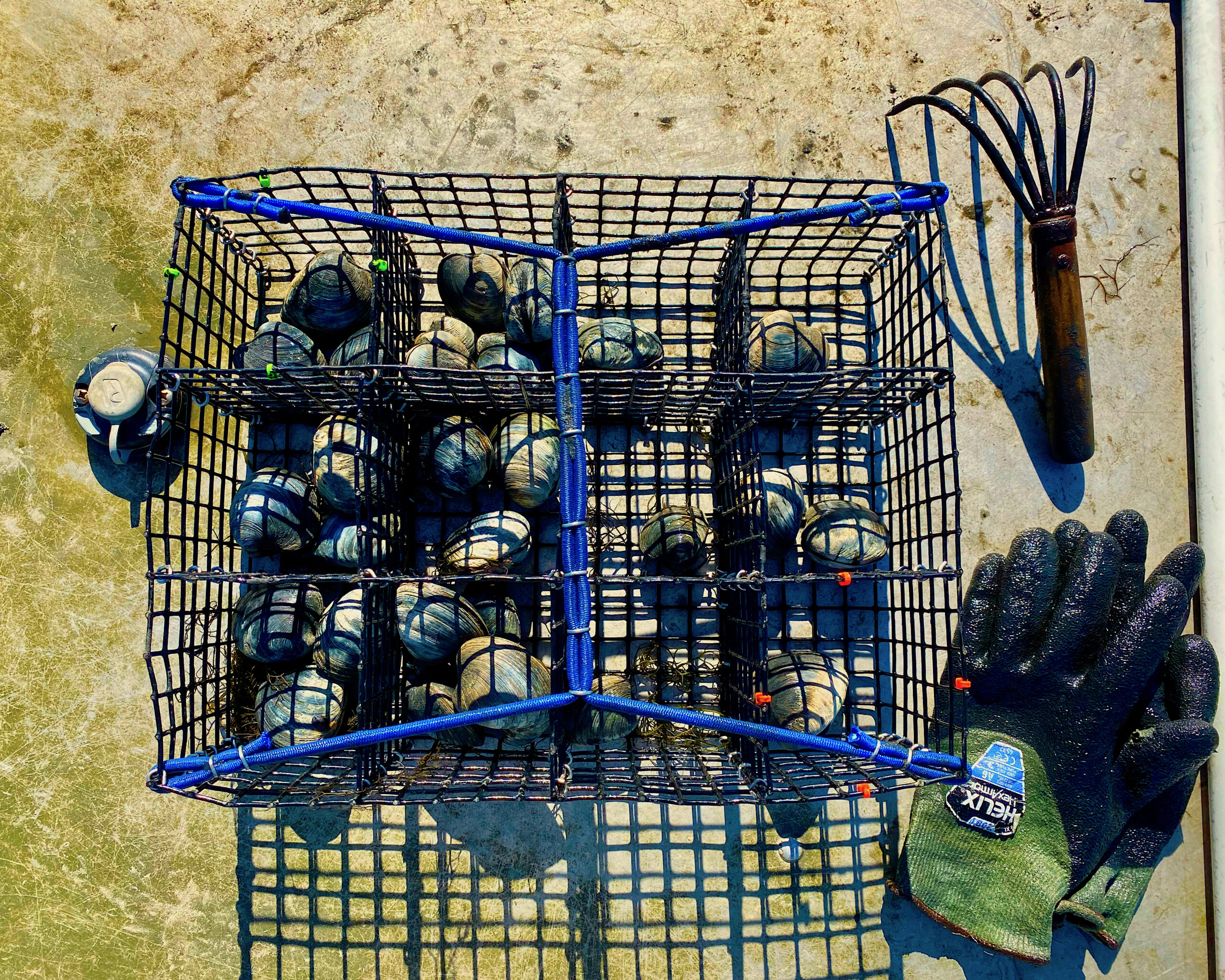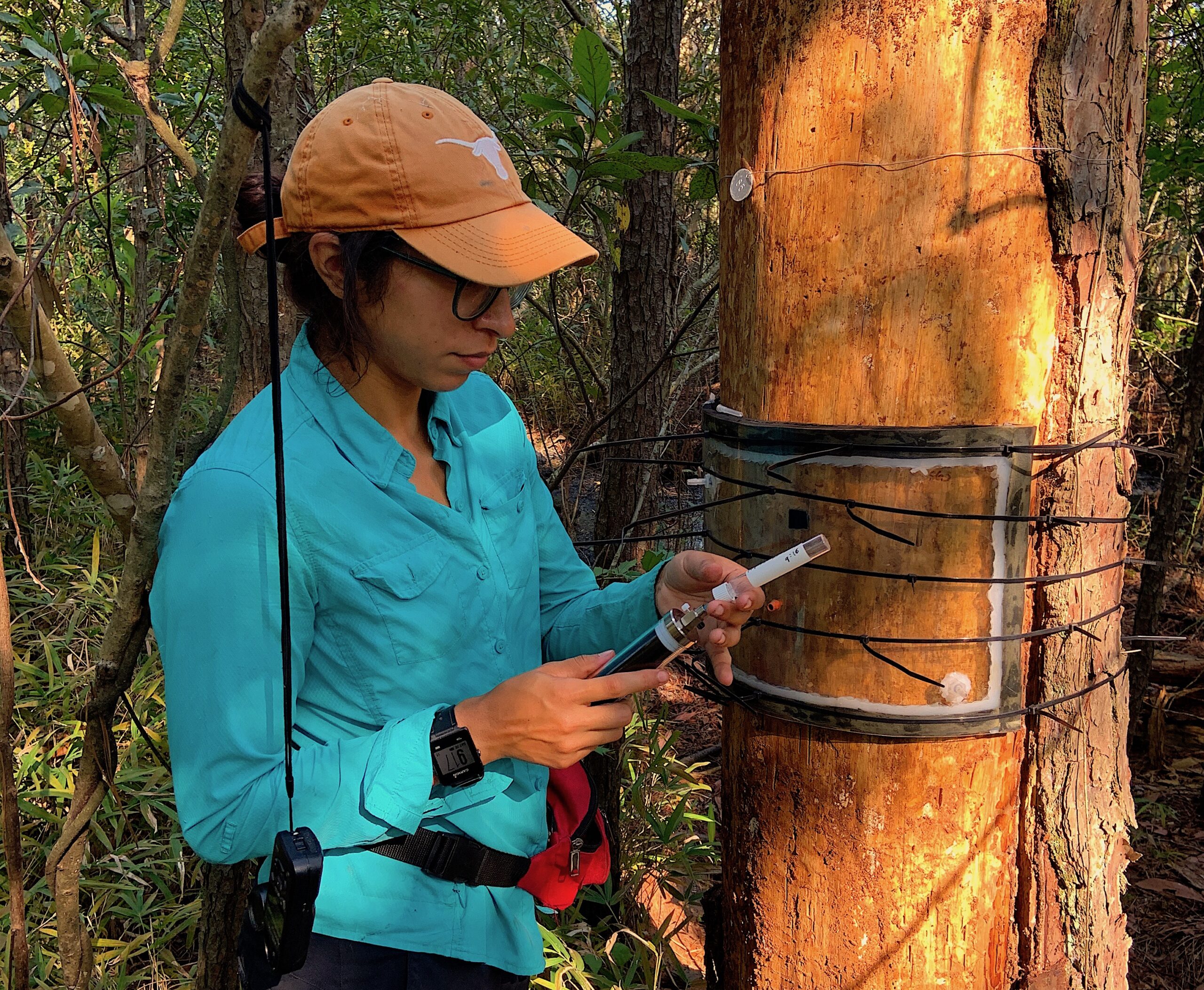New Links in the Sea-to-Table Chain: The North Carolina Local Food Council Responds in the Pandemic’s Darkest Hour
The loss of restaurant and other food service markets shook the commercial fishing industry to its core in the first half of 2020.

Videos of farmers plowing green beans, cabbage, and other fresh produce back into the ground ran side by side with images of empty grocery store shelves and long lines of hungry Americans at food banks when the COVID-19 pandemic swept across the country in 2020.
Food systems struggled to adjust to the sudden loss of markets as stay-at-home orders went into effect and schools, restaurants, and other businesses closed to help protect public health. Food import and export supply chains ruptured. NOAA Fisheries reports that U.S. seafood exports to China fell 45% in February 2020 after ports and seafood processing plants in that country closed — a harbinger of the sort of market turmoil N.C. seafood producers would face.
Barry Nash, North Carolina Sea Grant’s seafood technology and marketing specialist, says that how quickly food producers lost wholesale markets in spring of 2020 was jolting — but, he adds, the North Carolina Local Food Council was prepared to act.
“The Council’s focus immediately transitioned to helping food producers adapt to the loss of food service industry revenue streams and remain viable during the pandemic, and to helping get food to food banks and the people who needed it,” says Nash, who serves as Council chair.
The North Carolina Local Food Council supports the 35 food councils that serve counties and towns across the state. Food councils bring stakeholders together to build resilient food systems that improve access to healthy food, protect natural resources, and support economic development.
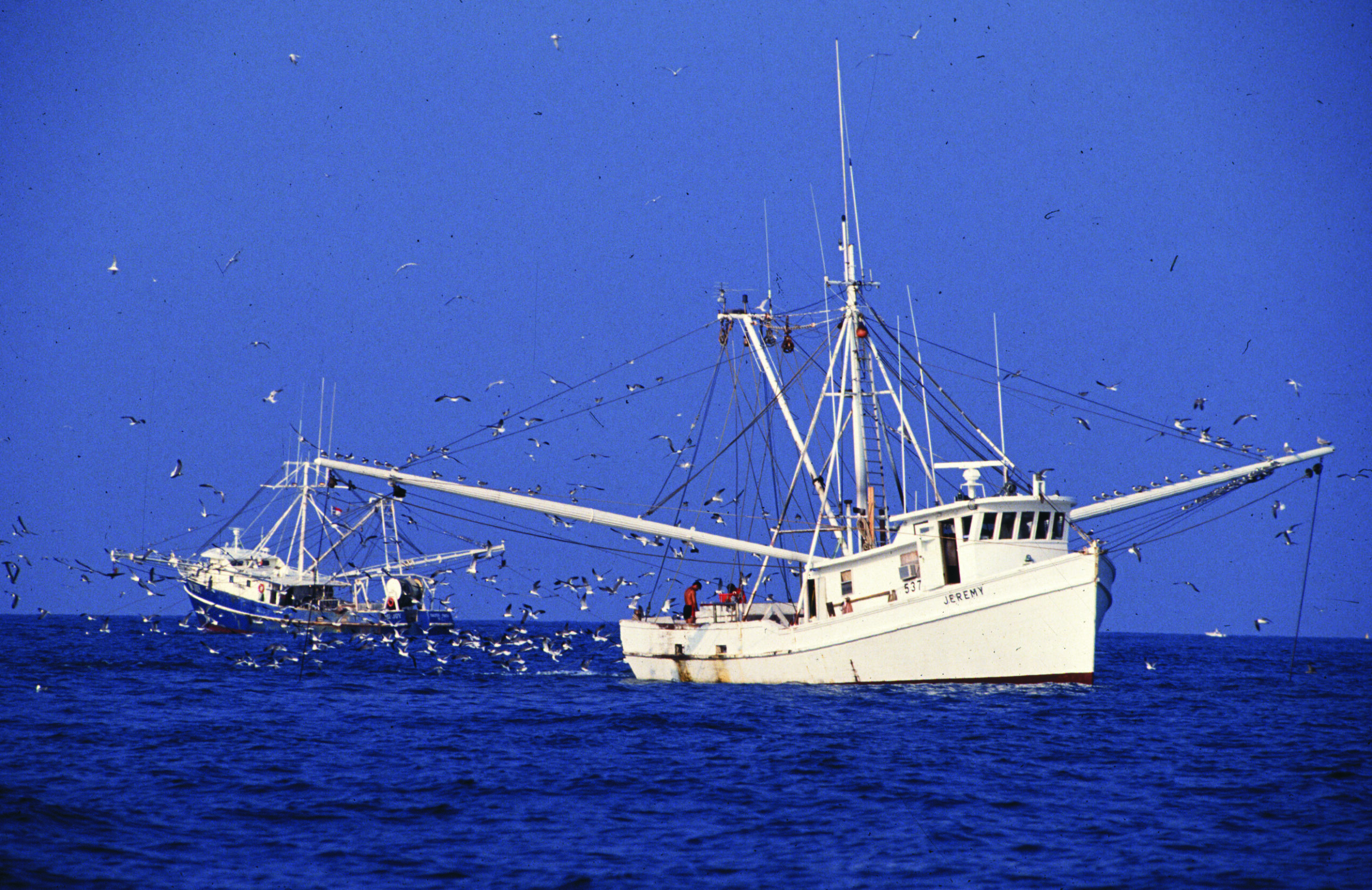
Representatives from 21 member organizations and three regional councils serve on the Council. “It’s unique in that not all states have a formal way for the different organizations working on food systems to collaborate and share information and resources,” says Angel Cruz, the Council’s coordinator and the academic and extension initiatives manager with the Center for Environmental Farming Systems at North Carolina State University.
The Council’s history also makes it unique. Established by the state legislature in 2009, the program’s members valued the collaboration enough to reorganize and continue even after the legislative mandate expired.
“Early in the pandemic, the Council leadership team began exchanging information about the food system challenges we were seeing — the pinch points where food access and distribution were getting stuck — and that’s when we began meeting weekly,” Cruz says.
The loss of restaurant and other food service markets shook the commercial fishing industry to its core in the first half of 2020. A Rutgers University study noted that prior to the pandemic, restaurants pulled in 70% of the money spent on seafood in the United States.
The study surveyed commercial fishermen in states from Maine through North Carolina and found that two-fifths of the fishermen did not go fishing for portions of the March-to-June 2020 timeframe due to market disruptions tied to the pandemic. Nearly all the fishermen who did continue to fish reported a decline in income compared to previous years.
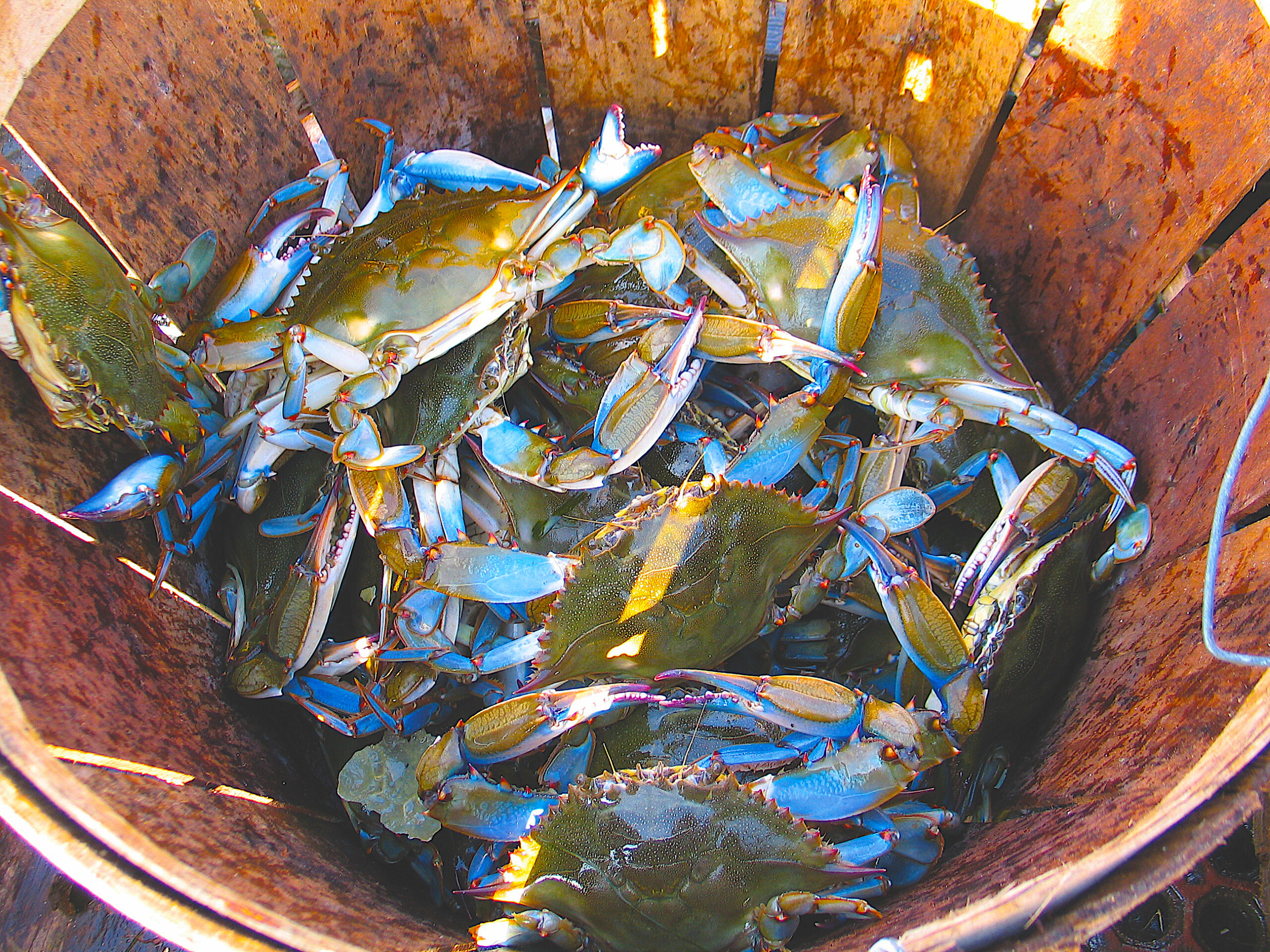
In fact, NOAA Fisheries reported an overall 23% decrease in landings revenue for species in the Southeast during the first six months of 2020 compared to 2019. Black sea bass revenue fell by 65% and dolphinfish (“mahi-mahi”) by 53%, declines that reflected closings of “white tablecloth” restaurants, where both species are popular.
Incorporating direct sales to consumers into business models helped soften the blow for local seafood producers and farmers when wholesale demand slowed. “People were already looking for local foods because often local foods are healthier and fresher than food from other states and other countries,” Nash says. “But the popularity of online sales and home delivery programs accelerated with the pandemic.”
Local food producers often can adjust to market changes faster than national food systems because they usually have less volume of product to move, shorter supply chains, and serve smaller areas. However, not all small business owners have the technological skill to develop a strong online marketing presence and reach new customers.
To help address that challenge, the North Carolina Local Food Council created a student intern program called Remote Internship to Support Enterprises for Local Foods (RISE), which North Carolina Sea Grant co-sponsored. The project paired seven paid college students skilled in digital technology with local food producers, farmers markets, and food hubs to develop websites, videos, newsletters, and social media posts.
“The internet allows producers to create a brand, tell their story, and directly connect with customers on a personal level,” says Sienna Zuco, a student intern from the University of North Carolina at Chapel Hill. In addition to working with several local seafood companies to help build websites designed to meet marketing goals, Zuco created tutorials so clients can update product information, add blog posts, and make other changes as their businesses grow. After graduating in December, Zuco began working as a communications assistant for the Council.
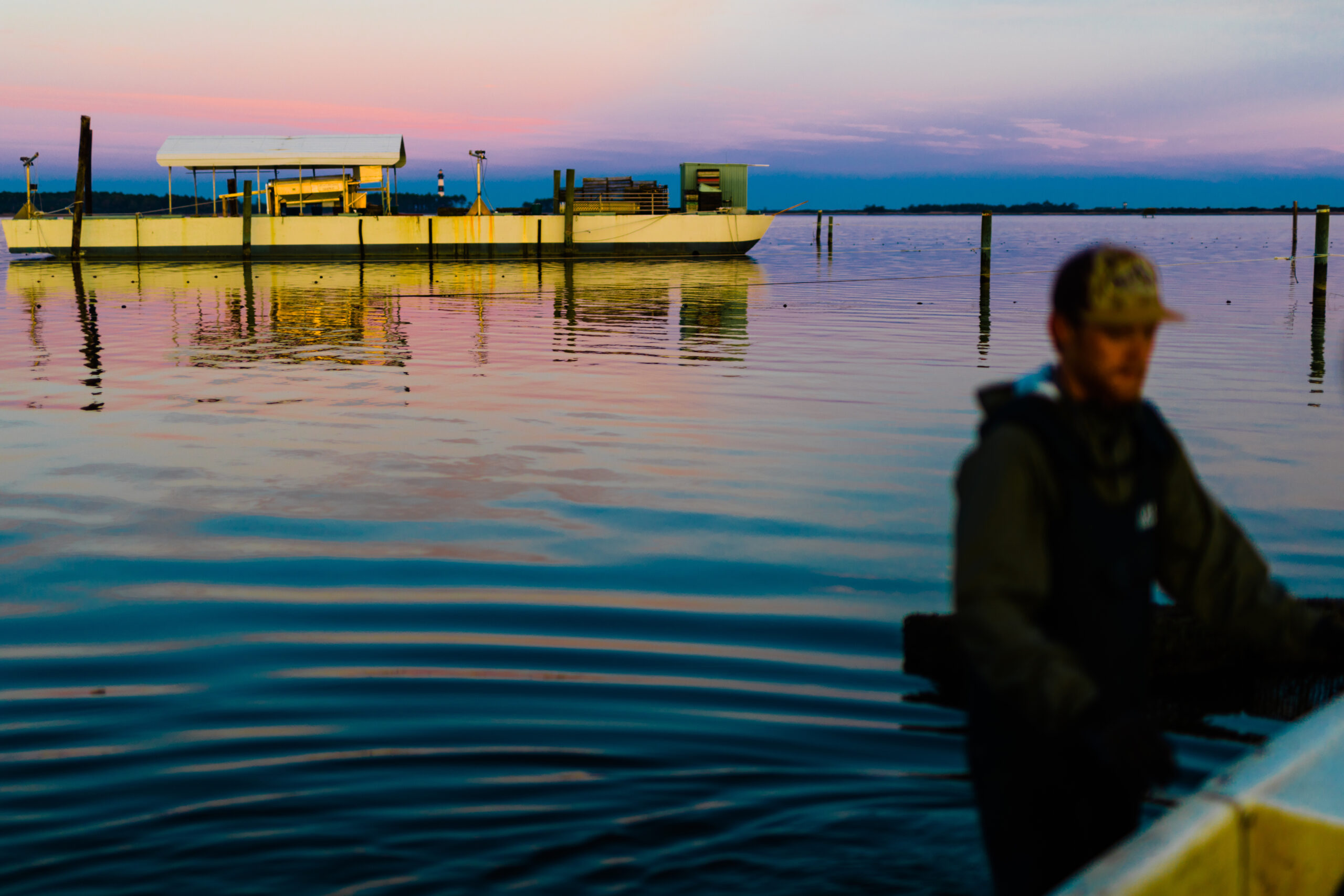
Susan Hill, co-founder of Down East Mariculture in Williston, wanted to improve an existing website to attract more online traffic and feature stories about the history of the business and the town. “Sienna and the RISE project helped us take our website to the next level and tell our story,” Hill says.
In Engelhard, Diamond Shoal Shrimp Company did not have a website, and co-owner Patrice Clarke was looking for a way to promote shrimp cakes, the company’s new product. “Our shrimp cakes meet what customers are looking for now,” she says. “They’re easy to order online and prepare at home, trends that took off with the pandemic and are likely to continue.”
Sea Grant plans to follow up with RISE clients in the seafood industry to evaluate the economic impact of the project and to identify any additional outreach that could help local producers adjust to digital platforms.
Nash and Cruz say much of the energy of the North Carolina Local Food Council lies in the networking opportunities it fosters. Nash points to a new grant that will add seafood producers and retailers engaged in direct marketing to the North Carolina Department of Agriculture’s Visit NC Farms app that connects consumers with local farms.
“That partnership came about because of the Council,” Nash explains. “Serving on the Council has allowed me to connect with other people working on direct marketing projects and discuss how we can raise the visibility of seafood producers.”
Cruz recalls that in some areas the amount of food going to food pantries and banks increased by up to 300% when restaurants, school cafeterias, and other food service industries closed or operated at reduced capacity under stay-at-home orders. However, many charitable organizations lacked adequate cold storage space for perishable goods.
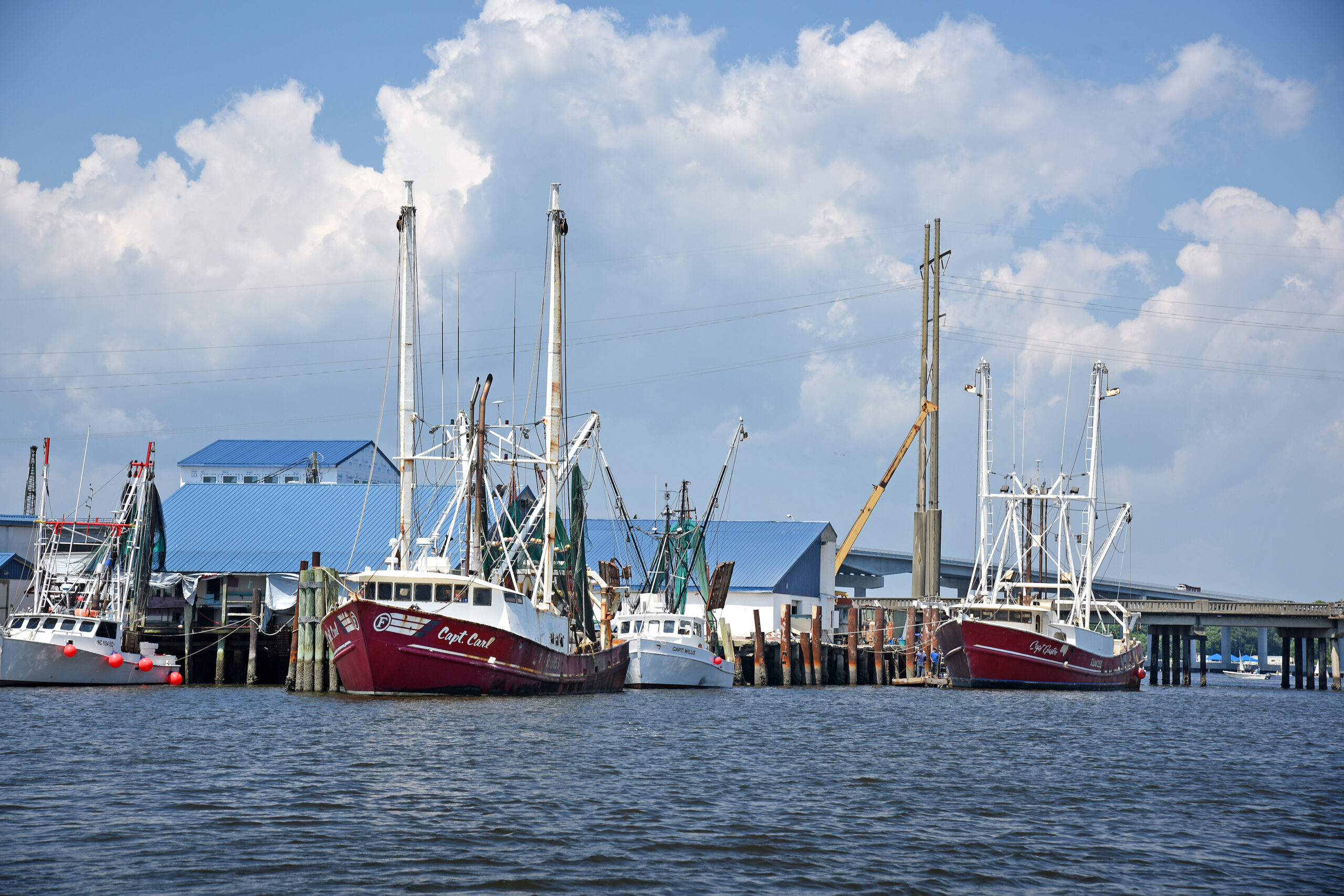
“That was one of the pinch points, one of the challenges, the Council heard about,” she says. Council members connected food charities with Sysco Corporation, and the company’s refrigerated delivery trucks, idled by the pandemic, became cold storage facilities in food pantry parking lots.
Now there are initiatives underway to permanently increase cold storage facilities in the state. “That’s not something the Council directly did,” Cruz explains, “but I think we helped create that change by sharing data.”
The Council’s website is a resource for information on local food and local food councils. Comprehensive guides to North Carolina’s oysters, strawberries, and shrimp point consumers to local sources and feature videos, profiles of local food producers, and recipes, including many from Mariner’s Menu, Sea Grant’s guide to preparing seafood dishes.
Consumers can also read stories about “food champions,” people going the extra distance to promote local foods, like chef Ricky Moore, known for the use of North Carolina seafood at his restaurant, the Saltbox Seafood Joint in Durham.
Cruz says that Council members gained valuable experience after addressing critical food system vulnerabilities tied to the pandemic. “In the future, I think we will continue to be involved in different ways, including finding long-term solutions to making our food system more resilient and more prepared for future pandemics, climate change, and other challenges,” she says.
Nash notes that the U.S. became a net importer of food in 2005, and has remained one since — which is why the North Carolina Local Food Council will always be a crucial resource for groups that want to build or strengthen local food economies.
“We have the graying of the commercial fishing fleet and of farmers too, and we need to show younger people that these businesses can be profitable,” he says. “Otherwise, we are going to lose access to local foods.”
North Carolina Sea Grant’s Seafood Consumer Awareness Campaign
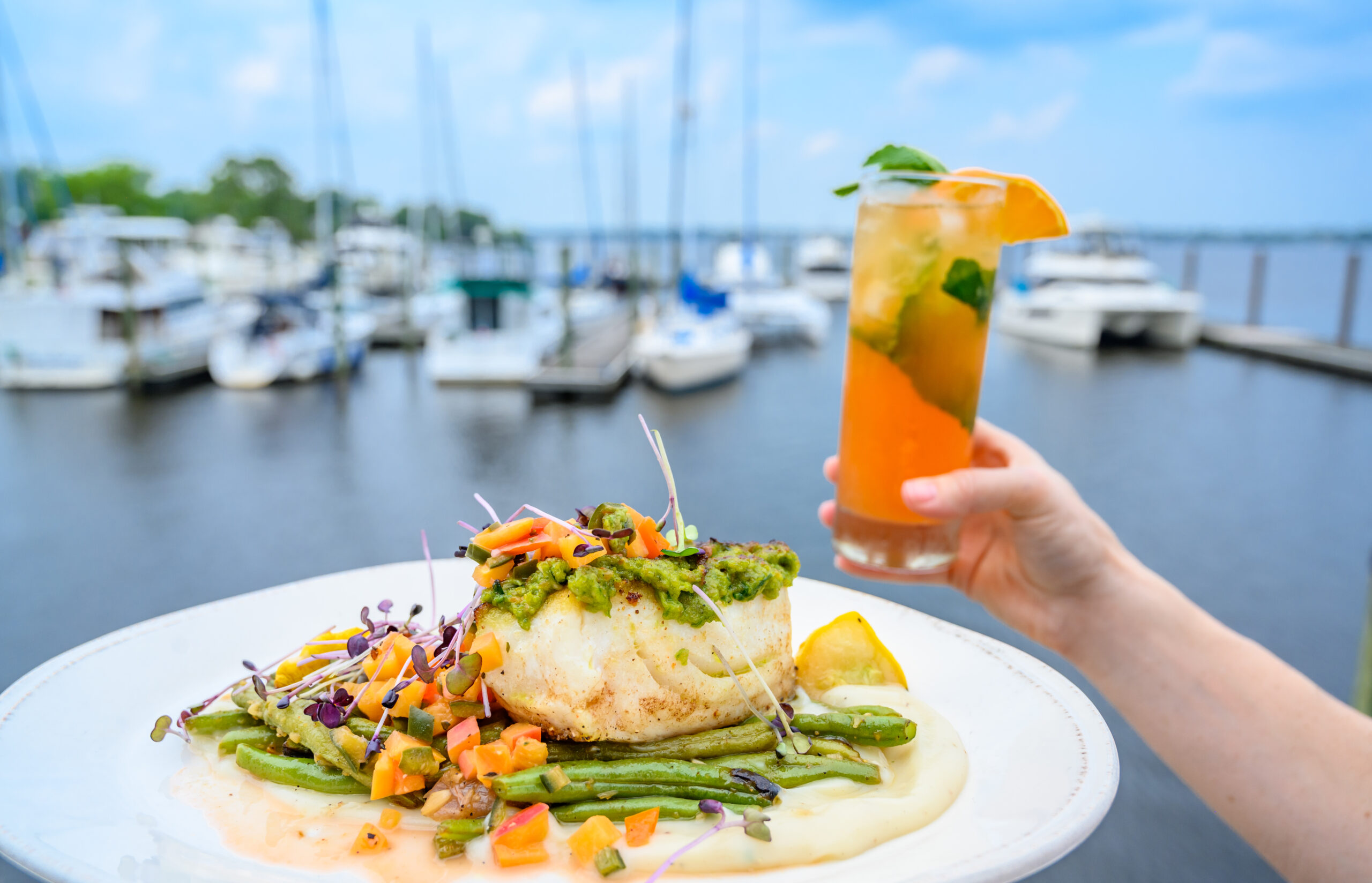
In addition to collaborating with the North Carolina Local Seafood Council during the pandemic, North Carolina Sea Grant immediately began an award-winning public service campaign. Not only did the campaign highlight existing and new avenues for consumers to purchase the state’s seafood, it also provided strategies and tips to consumers for both seafood preparation and preserving freshness.
These initiatives supported the state’s seafood industry during a dire economic period and provided lasting resources for consumers and businesses:
“How to Freeze NC Seafood,” the cover story from the summer 2020 issue of Coastwatch, touted alternative strategies for seafood consumers, highlighting how to preserve and prepare fresh seafood. This also appeared as part of the online Currents series. Visit go.ncsu.edu/freeze-fresh.
Consumer surveys indicated a widespread desire for seafood recipes, which we provided online through the Mariner’s Menu site, as well as a regular feature online and in print in every 2020 issue of Coastwatch. North Carolina Sea Grant partners, such as the National Marine Fisheries Service, regularly used and promoted these recipes. In addition, Carteret County News Times featured Mariner’s Menu recipes in a calendar that the paper published in December 2020. Visit MarinersMenu.org.
Leveraging the popularity of Mariner’s Menu, in 2020 North Carolina Sea Grant also developed 13 Mariner’s Menu posters, which news media in turn published in newspaper food sections around the state, including outlets in Dare County at the coast and Chatham County in the piedmont, as well as 919 magazine in Raleigh. Visit go.ncsu.edu/menu-poster.
In print and online, North Carolina Sea Grant also published the 2020 “Seafood Availability Posters,” which highlight dozens of species and their availability by month and by region of the North Carolina coast. These posters represented a fresh update to information consumers have relied on for years as the popular series has evolved since the 1970s. Coastwatch also carried the posters. Visit go.ncsu.edu/seafood-availability.
Last year, enhanced webspace and a new print and online brochure touted farmed shellfish and promoted the availability of shellfish from North Carolina farmers. This broadened availability helps supplement the otherwise more limited seasonality of shellfish caught during wild harvests. Visit go.ncsu.edu/wild.
For the first time in 2020, “A Primer on North Carolina’s Seafood” offered webspace that provides information on North Carolina fisheries, consumer safety and health tips, strategies for seafood preparation, cultural resources, and more. Visit go.ncsu.edu/seafood-primer.
Throughout the pandemic, North Carolina Sea Grant social media feeds also regularly emphasized and amplified key seafood consumer awareness campaign messages and themes, as well as a wide array of new and existing resources (for example, through “#FishyFriday”). Visit @SeaGrantNC and facebook.com/ncseagrant.
From the start, “North Carolina Sea Grant’s COVID-19 Resource Hub” provided an immediate portal to resources for seafood consumers, marine science educators, and seafood industry owners and employees. Visit go.ncsu.edu/covid-hub. In July, North Carolina Sea Grant’s Barry Nash, Katie Mosher, and Vanda Lewis received a Grand Award, top honors from the 2021 APEX Awards for Communication Excellence, for spearheading the Seafood Consumer Awareness Campaign.
Read More:
- North Carolina Local Food Council: nclocalfoodcouncil.org
- RISE: nclocalfoodcouncil.org/rise-for-local-foods
- NC Shrimp Promotion: go.ncsu.edu/shrimp
- NC Oyster Promotion: go.ncsu.edu/oyster-time
- NC Strawberry Promotion: go.ncsu.edu/strawberries
